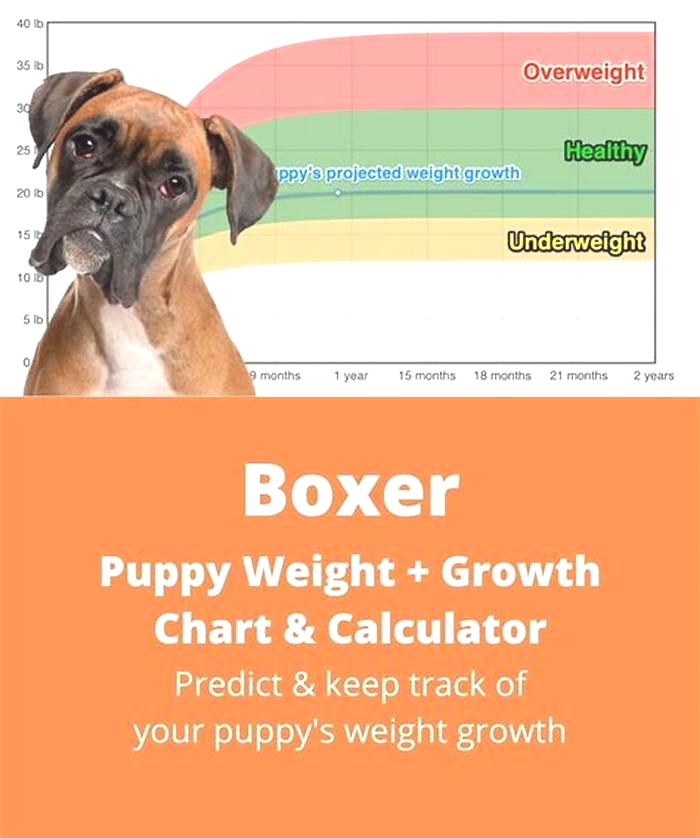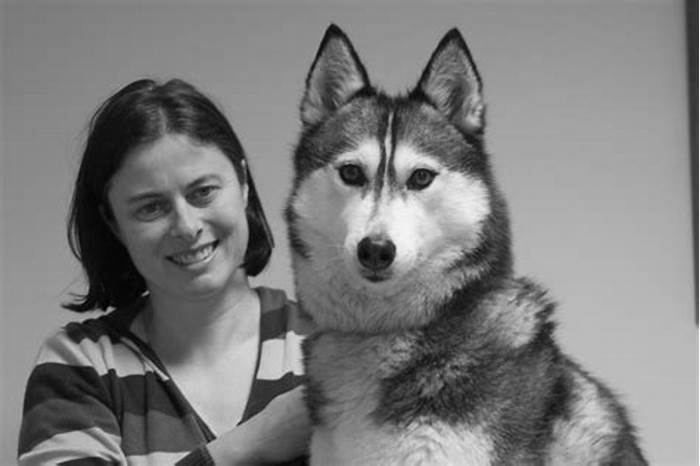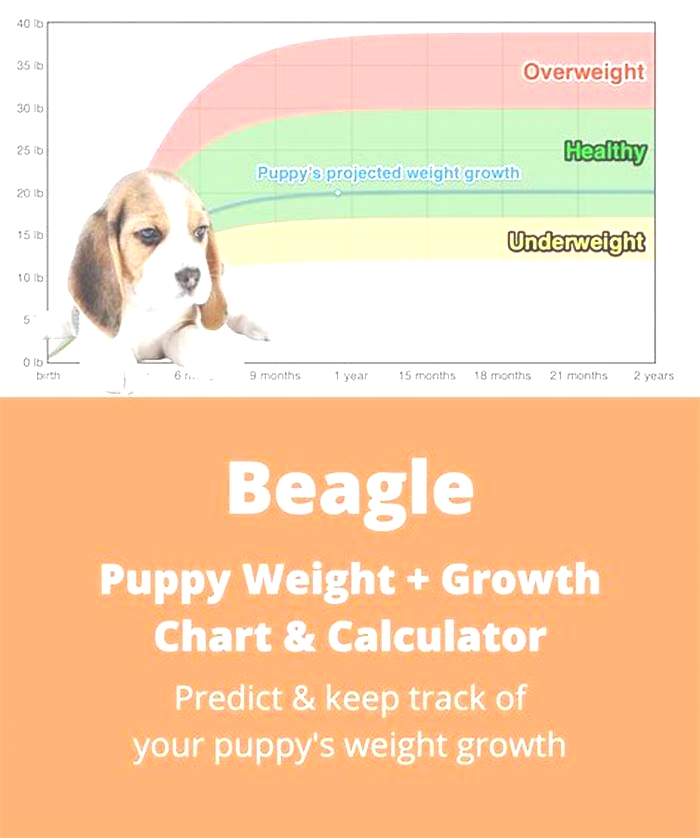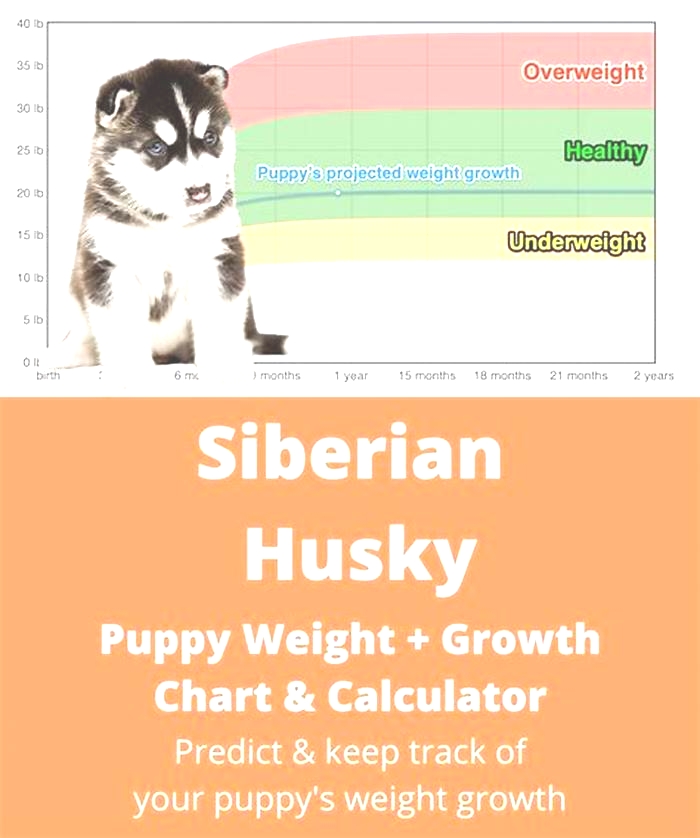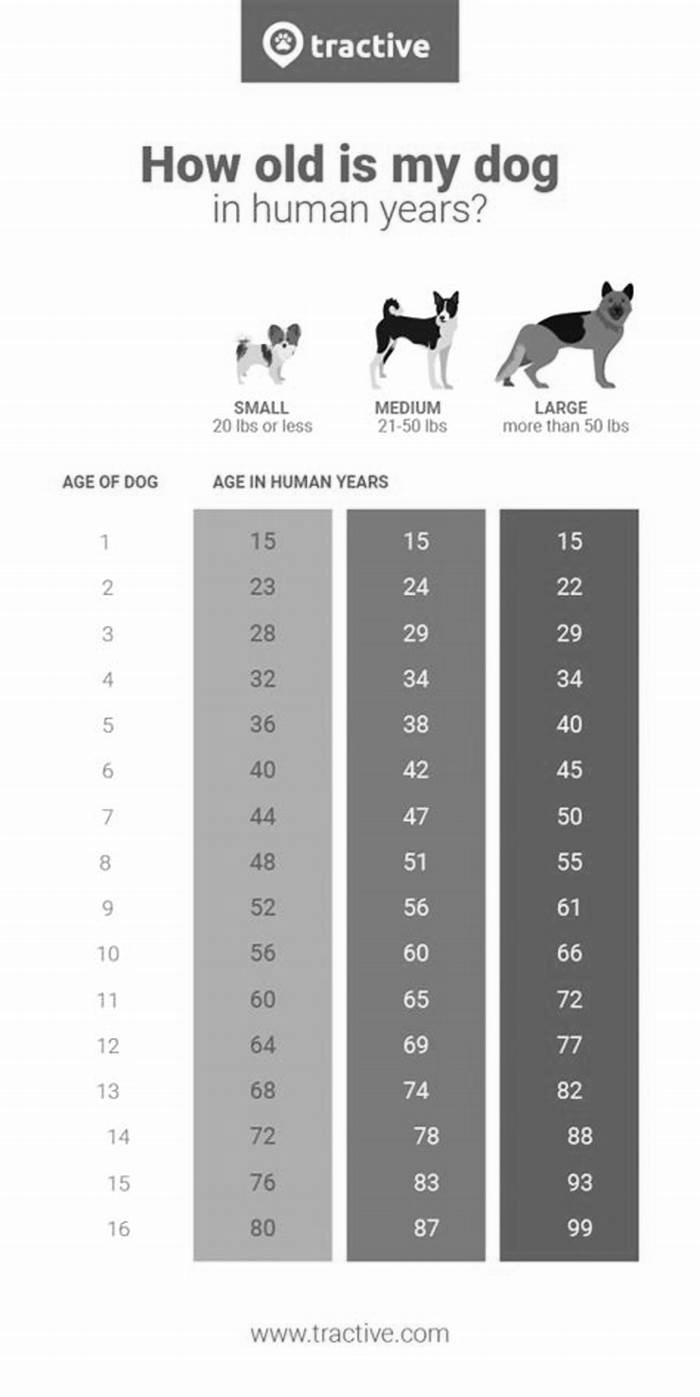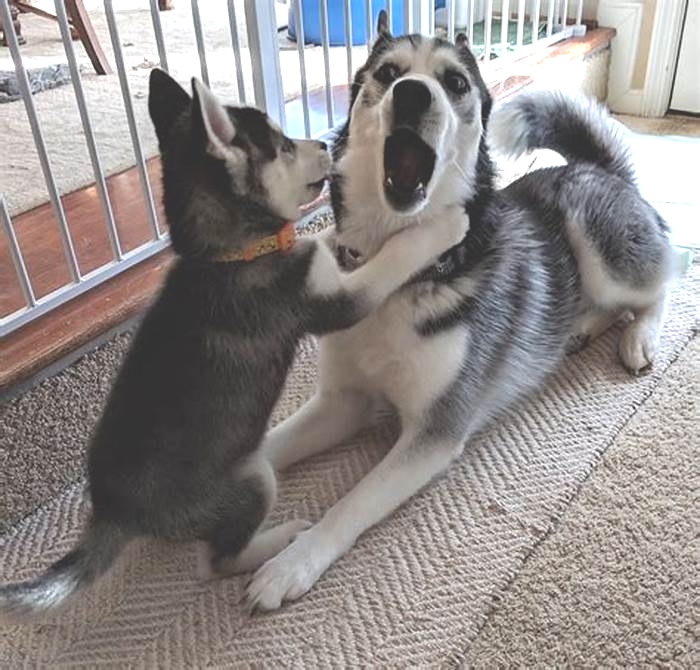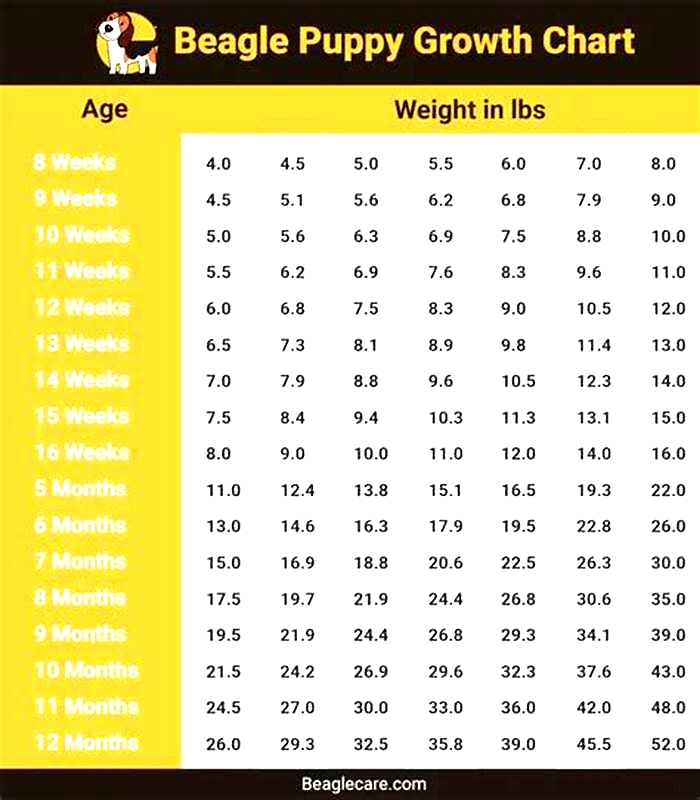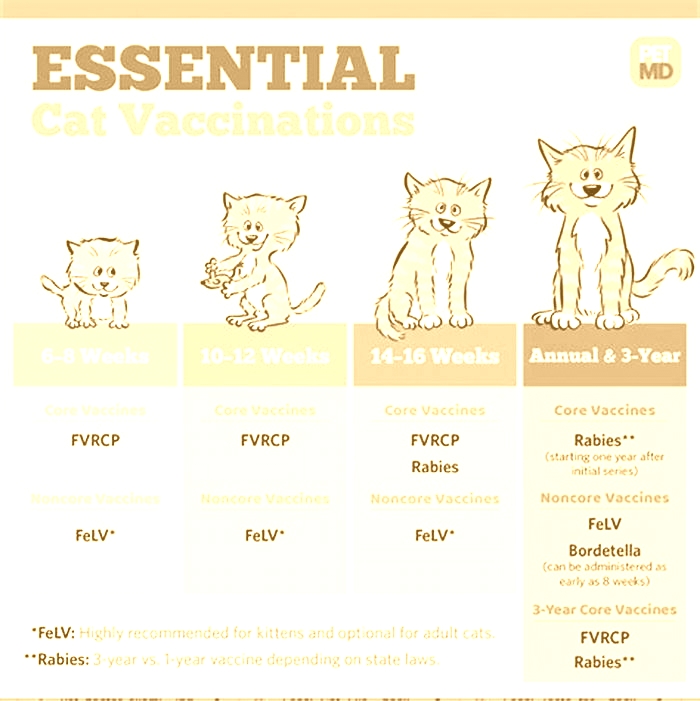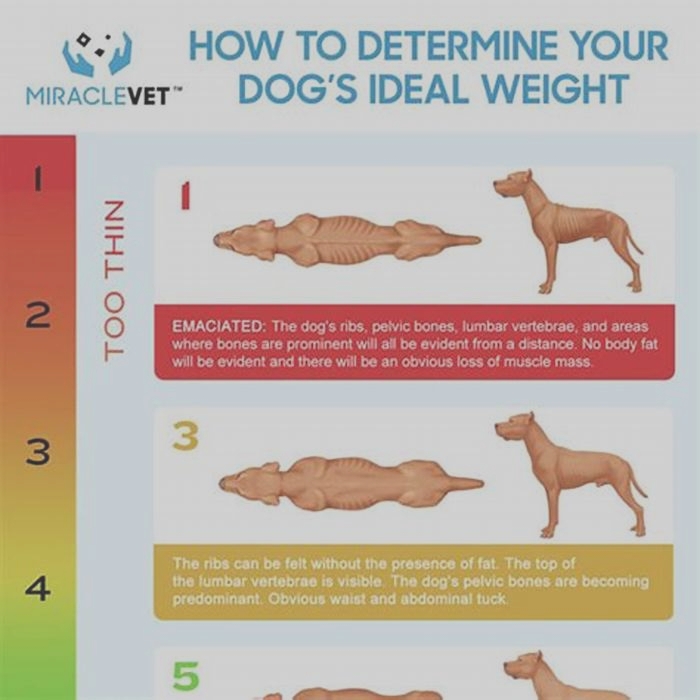Why is my 2 year old Boxer so skinny

When a Boxer Dog Seems too Skinny
While it is not uncommon for a Boxer dog to be skinny for anywhere from 2 to 10 months while he is transitioning from puppy to adult, it will be important to rule out any possible health issues before you take a few steps - and have some patience- for him to gain a bit of healthy weight.
Possible health conditions include but are not limited to:
Thyroid issues
Parasites (worms)
Inflammatory bowel disease
Disease of the pancreas
Liver or gall bladder disease
Heart conditions
Liver problems
Kidney disease
Addisons disease
Diabetes
Immune system problems
The Boxer should have a complete physical along with stool and blood testing. Also, even if your dog has recently been to the veterinarian, you'll want to have your Boxer examined if he/she seems too skinny and additionally has any of the following issues:
Moderate to severe loss of appetite (Boxers that are a bit too skinny simply due to the normal growth stage will eat as normal- or just a tad less - as the body temporarily stalls before filling out)
Vomiting, dry heaving
Diarrhea or any changes in stools
Changes in mood or energy level
Why Is My Boxer Dog So Skinny?
Boxer dogs can light up any household, and taking care of them can be fun and rewarding. As a responsible and loving owner, you spend time taking care of them, making sure they eat the right food. You also make certain you give them recreational time. Despite all your efforts, do you still catch yourself thinking, Why is my boxer dog so skinny?
Do you think theres something youre not doing right?
In this article, well talk about why your boxer goes through a skinny phase and how you can deal with it. Yes, you dont need to raise red flags during this stage. Unless your pet has a medical condition, being skinny in their growth is normal.
In taking good care of your dog, you have to learn more about their habits and growth spurts.
Read and be the best dog parent for your beloved boxers.
The Boxer Dog and Its Skinny Phase

Not only humans but also dogs have phases of growth. This period can be obvious with boxers. This breed is slim, lean, and is a dog that packs in muscles. When boxers transition from puppies to adulthood, they reach a point of being skinny
Its a temporary time where they even end up showing parts of their ribs. Its a phase to watch out for between the 14th and 22nd months of raising a boxer. It can be shocking to see that the body ratio of your dog seems off.
Boxers tend to eat a lot, but they never gain too much weight. Adolescence, like humans, also affects dogs in different ways. There are no medical-related issues related to this phase of their growth.
Why Boxer Dogs Bodies Need to Be Lean to Bulk Up
If your dog is eating well and continues to grow, then dont let the protruding ribs bother you. Its all part of how boxers adjust to their body type. At the ages of growth of to 2 years old, boxers start getting leaner and leaner.
They will eat a lot like normal, and their body structure will catch up afterward. Youll start to notice the difference after 2 years. At this rate, your pets body has grown at a steady pace, and muscles are filling up the skinny parts of their bodies.

A boxers body starts to fill the lean spaces with the muscles around the chest. You can also start to see that thin layers of fat, muscle, and tissue reaches to fill up their rib cage. When the boxer reaches full adulthood, theres no sign of the rib cage. All places where the thinness occurred is gone and replaced by bulk and fat.
If Still Bothered by Skinny Boxers, What Health Issues Should You Watch Out For?
Health issues are not common with boxers. The transition period is natural for growth, but make sure your dogs are at their healthiest. Below are some common health conditions that you should take note of.
- Diabetes
- Bowel disease
- Heart conditions
- Immune system issues
- Thyroid issues
- Parasites
- Addisons Illness
- Liver and kidney infection
- Bowel, gallbladder, and pancreas issues
The best way to avoid having an unhealthy pet is to feed them healthy food. A nutritious meal to keep them healthy while being too skinny is a must. You should also consider making your pet fit in the physical sense despite being skinny.
It also helps when you check their stool and bowel movement. This is to track if they have been eating well and digesting the food with no complications. In case you find out your boxer suffers from one of the listed health conditions, contact or visit the vet.
Can You Still Make Your Skinny Boxer Bulky in the Transition Phase?
The transition phase is normal, and you only have to wait it out until the muscles and fat forms within the body. But if your goal is to improve your pets diet and nutrition, then there are some simple things you can do.
- Do not serve cheap and unhealthy food to your dog.
Many owners fall victim to giving their pets food that they eat. Remember that not all human food is good for dogs. You need to know the limits since its also for your pets health. Letting your pets eat cheap and unhealthy food will only make them skinnier. Bear in mind that non-nutritious food does nothing to the dogs body.
2. Try making healthy homemade snacks for your dog.
Even for people, too much processed food is not good. If you want your boxers to gain weight, then make them a blend of healthy snacks that are high in fat and calories. Snacks are different than meals, which is why you need to give it to them in moderation.
Something homemade will always be good for the health. You can also check out some DIY ideas for your pets that will help them eat better.
3. Dont force your dog to eat too much.
If you want your dog to look bigger, forcing food upon him is not the answer. Dont make your pet eat a large quantity of food when they dont want to. It is better if you offer food in the same amount all the time. Make sure that the food you give is healthy and high in calories.
The amount of food you give doesnt matter and will not make your boxers fat. Its whats in the food that matters. Fat and calories are what your dog needs right now and not health complications.
Its normal to worry if you think, Why is my boxer dog so skinny? But rest assured that it is only a phase that boxers go through. The important thing to do is to check your dogs growth.
How To Put Weight On A Boxer Dog (The Right Way)
Boxer owners often worry that their young dogs are too thin and try to fatten them up.
Its possible to put weight on a Boxer dog in a healthy way by carefully increasing the amount fed, or by supplementing the diet with high quality, protein-rich snacks like whole raw eggs.
But its also important to understand why your Boxer is lean and to realize that he may not actually be underweight at all.
The Boxer pictured above is certainly too thin.
However the two Boxers photographed sniffing noses at the beach (below) are right-weight, displaying the hint of ribs seen in this trim, muscled breed.
How To Fatten Up A Boxer Dog
You can healthily increase your Boxers calories by:
- Increasing the amount of lean meat fed
- Adding snacks of whole raw eggs
- Adding fresh, raw, whole sardines
- Giving extra raw meaty bones like lamb necks
- Feeding high calorie fruits like dates, bananas, mango, avocado (flesh only, pits are choking hazards and skin is toxic)
- Adding coconut flakes, chia seeds, quinoa, baked sweet potato to fruit meals
- Adding a snack of nut butter (make sure any store-bought peanut butter you choose does not contain xylitol, which is toxic to dogs)
Remember, plant/fruit and meat should be fed separately, rather than combined in the same meal.
This principle, overlooked by many raw feeders, emulates the way dogs eat in the wild consuming both meat and fruit but never at the same time.
Eating plants and meat separately (as done in the raw feeding style known as rotational monofeeding) leads to most efficient digestion.
This is because simple carbohydrates (fruit) digest much faster than the protein and fat that makes up meat.
Fruit and other plant matter will ferment (and create noxious waste products) if delayed in the gastrointestinal tract by consuming them at the same time as the much slower-moving meat.

How Not To Fatten Up A Boxer
There is a right and a wrong way to provide your Boxer with more calories.
Some common approaches will do your dog more harm than good.
Avoid feeding:
- Chicken and rice (cooked meat is not biologically appropriate food for dogs, nor is rice)
- Kibble (highly processed and full of additives, preservatives and fillers)
- Fatty cuts of meat (fatty tissue stores toxins, so its better to increase protein than fat. Fat overconsumption also creates an excess of waste in your dogs body)
- Fatty offcuts of cooked human meals (cooked meat is inappropriate for dogs)
- Synthetic supplements (nutrients are far more bioavailable when consumed in whole food form than as isolated chemistry)
- Yoghurt, cheese and other dairy products (biologically inappropriate for dogs)
- Peanut butter
- Bread
- Oatmeal
- Prescription dog foods (despite their marketing, these are still highly processed foods that are a long way from a dogs optimal, fresh food diet. They come with the same problems as all kibble and other commercially-manufactured dog food)
While synthetic supplements are not recommended for Boxers in lieu of proper feeding, there may be a couple of exceptions.
Digestive Enzymes
Occasionally, digestive enzymes can be worth a try, to help reboot digestive health.
Choose a good quality brand thats free of extraneous ingredients. You just want the enzymes themselves.
Its best to use enzymes only for a week or two at most, and then discontinue.
You dont want your Boxers body to become reliant on enzymes the pancreas should itself manufacture.
If you can get your hands on some raw, untreated green tripe, so much the better.
Its the stomach lining of ungulates like sheep and cattle and packed with natural enzymes and beneficial bacteria.
If your Boxer is eating poop, he may be trying to replenish his gut microbiome.
Boxer Dog Diaries is reader-powered. If you make a purchase via a link I share, I may receive a small commission, at no extra cost to you.
Apple Cider Vinegar
Some swear by the benefits of apple cider vinegar to help an animal make the most of nutrients in food.
Its used in organic farming to help support good health in livestock.
Make sure you use a reputable brand that contains the mother.
A Caution Against Huge Meals When Fattening Up A Boxer
Dogs in the wild eat according to a feast and famine schedule, as dictated by the availability of prey.
A wolf pack might make a kill and gorge themselves, but then not eat meat again for a week or longer.
Because of the risk of bloat or gastric dilatation volvulus (GDV) in deep-chested breeds like the Boxer, its best not to feed enormous amounts of food in one sitting.
Feeding a single, large meal has been associated with an increased bloat risk as has eating from a raised bowl.
So, if youre trying to boost your dogs food intake, consider doing it by adding an extra meal.
Boxer Dog Skinny Phase
When a Boxer puppy first comes home at eight to ten weeks old he is usually quite roly poly (at least, for a Boxer).
Its generally as he starts to shoot up and the puppy fat falls away, that some owners start to worry their dog appears to be losing weight despite eating plenty.
There might be comments from strangers or even vets.
It is perfectly normal for Boxers to be on the lean side, especially when theyre one, two and even three years old.
Boxers are late maturing dogs that are still growing and not considered adult until three.
Sometimes vets unfamiliar with the Boxer breed will tell owners their dogs are underweight and recommend diets to put some meat on them.
As long as your dog is receiving adequate nutrition, dont fall into the trap of trying to bulk him out before his body is ready to do so.

What Causes A Dog To Be Skinny
Other than being young, there are several other reasons a Boxer dog can appear on the skinny side.
Underfeeding
A dog will ordinarily put on weight when he consumes more calories than he burns in exercise.
A raw-fed dog (as every Boxer should be) typically requires anywhere from three to five per cent of their ideal body weight in food made up of edible bone (eg. chicken frames), lean muscle meat (eg. diced lean beef) and a small amount of organ meat (offal) like liver.
Every dog is different, so experiment to find the right amount for your dog.
A dogs needs will change over time, too, so what was the right amount in the past may need tweaking up or down now.
If you are already feeding five per cent of body weight, you can try slightly increasing but much more and youre likely to be overfeeding.
Signs of overfeeding or fat overconsumption include:
Worms
This is often an owners first thought when a dog is skinny, but its not likely to be the problem.
Just as scooting is often wrongly associated with worms but more commonly caused by other things, a failure to gain weight is not usually due to intestinal parasites.
Wormers are toxic chemicals known to cause problems in many Boxers as more than 20 000 members of this group can attest so they are not something you want to use regularly or lightly.
If you want to rule out worms, opt instead for a fecal test which will show if parasites are present.
Illness And Medication
Dogs recovering from being sick can be both over and underweight and may appear generally out of condition.
Steroids like prednisone cause dogs to gain weight while losing muscle.
They can develop pendulous abdomens in whats known as a Cushingoid appearance.
If this occurs in a dog not taking prednisone, it can be a sign of Cushings disease which is due to an excess of the stress hormone cortisol, made by the adrenal glands.
This is what prednisone did to my 18 month old Boxer.
Malabsorption And Gastrointestinal Problems
Boxers often get labelled as being picky eaters or having sensitive stomachs and all too often experience gastrointestinal upset.
They may receive diagnoses of inflammatory bowel disease or Boxer colitis.
The vast majority of these dogs are kibble-fed.
Regardless of brand and price, kibble is a poor quality diet compared to the fresh, raw meats a dog is designed to eat.
As a result of this misfeeding, and gut damage inflicted by commonly prescribed medications like antibiotics and steroids, Boxers can end up malabsorbed.
This is a condition where a damaged gut is not able to properly extract the nutrients from food.
Even when more food is fed, it doesnt produce weight gain because the dogs body is not able to access the nutrition.
The solution is actually to feed not more, but less in the form of fast days.
Fasting your Boxer supports the gut to heal by providing digestive rest, which allows energy to be concentrated on cellular repair and regeneration.
Research in humans shows extended three-day fasts protect against toxicity, reset the immune system and help prevent and heal diseases including cancer.
Detox
This is not a process thats well understood by mainstream medicine human or veterinary.
However, owners of dogs that have been heavily medicated (or repeatedly medicated over a long period of time) often observe their dogs experiencing a period of intense detox when the drugs are stopped.
The same effect can be seen when the diet is improved from many years of kibble feeding to fresh, raw, species-appropriate food.
The same phenomenon happens in humans.
During detox a dog will rapidly lose weight and fail to gain weight regardless of how much is fed.
This is because the body is prioritising the clear-out of long-stored toxins, a process that takes a lot of energy and takes precedence over the storage of fat reserves.
Once the detox is complete, the dog rapidly returns to a healthy weight but often the skinniness has to be endured while the body heals.
Human Perception
Perception plays a role in this.
Because so many pet dogs are fat, many owners think an ideal weight dog is too thin.
One big factor is neutering, which makes dogs heavier.
Because its the norm to neuter pet dogs, people are used to seeing Boxers that are fatter than they ought to be.
Another effect of neutering, particularly when done young, is that it makes dogs grow taller because it interferes with the closure of the growth plates in bones.
Dogs of normal growth and stature can appear stockier in comparison.
Check your own perceptions, and resist the temptation to overfeed your Boxer so that his appearance conforms to societys mistaken expectations.
Why You Mustnt Overfeed Your Boxer
All things being equal, it is far healthier for a dog to be on the lean side than to be overfed.
Overfeeding causes a number of problems.
For a start, it wont work.
You cant override the biological program your Boxers body is following.
Secondly, overfeeding will only create more workload for the body, more waste to process.
This saps vitality with no gain.
Thirdly, heaping on the calories can cause a Boxer puppy to grow too fast something that can cause bone and joint issues in larger breed dogs including the developmental deformity known as knuckling which can affect Boxer puppies.
As the Australian vet Dr Ian Billinghurst explains in his book Give Your Dog a Bone, it is better to err on the side of less food than more for a growing puppy to, in a sense, slightly hold back his growth.
This mirrors what happens in nature, where dogs are always lean because of limited food and the energy expended to find, catch and kill prey.
Your Boxer will fill out naturally according to his bodys own timeline, not any we impose.
Why So Many Boxers Are Fat
Pet dogs lead sedentary lives compared to their wild counterparts.
Yet, we feed them more often.
Dogs in the wild eat more like every three days to once a week, not every day.
And we feed our dogs much higher fat foods than theyve evolved to thrive on.
The game meats that dogs eat in the wild (like deer and rabbit) are lean compared to factory-farmed livestock.
The disparity in fat content between a dogs natural diet and what pet dogs are fed is even more dramatic when you compare fresh, wild lean meats with highly processed dog foods like kibble.
What Is The Correct Weight For A Boxer?
The individual height, weight and physique of a Boxer will vary depending on his bloodline.
As a guide, a typical female adult Boxer weighs 55-65 pounds (25-29 kg).
According to the American Kennel Club an adult male Boxer can be larger, weighing 65 to 80 pounds (29 to 36 kg).
These figures are not terribly important.
More than counting pounds, the best way to judge whether your Boxer is the right weight is to take a look at his appearance.
First, look at your dog from the side.
There should be a hint of the last couple of ribs visible if not while standing, in certain positions as your dog moves about.
You ought to be able to feel the rest of the ribs beneath a thin layer of fat, but not see them.
The deep chest should taper into a tucked waist.
Now, look at your Boxer from above.
Rather than a barrel shape, you should be able to see the waist from above.
A Boxer is genuinely too thin if you can see:
- More than a couple of ribs
- Spine
- Hip bones
- Leg bone when a male cocks his leg
Conclusion
If a Boxer is truly underweight, its a matter of increasing the calories consumed compared to energy expended.
The important thing is to do this by upping the intake of high quality protein sources, rather than by adding junky or high fat food, which will only have a detrimental impact on health.
But in the vast majority of cases, time and continued proper feeding will see a Boxer build muscle and attain a healthy weight.
References
Risk Factors for Canine Bloat, jerold S Bell, DVM, Tufts Canine and Feline Breeding and Genetics Conference, 2003
A Way of Life for Wild Canines, This Could Be a Godsend for Your Dog, Dr Karen Becker, Mercola Healthy Pets, May 27, 2018
Fasting triggers stem cell regeneration of damaged, old immune system, Suzanne Wu, USC News, June 5, 2014

